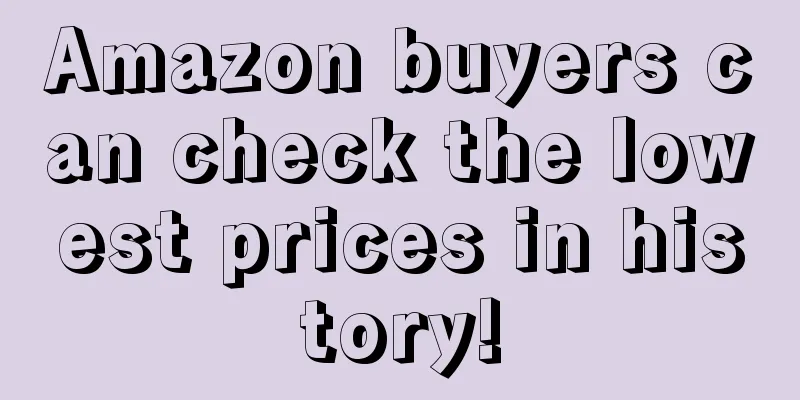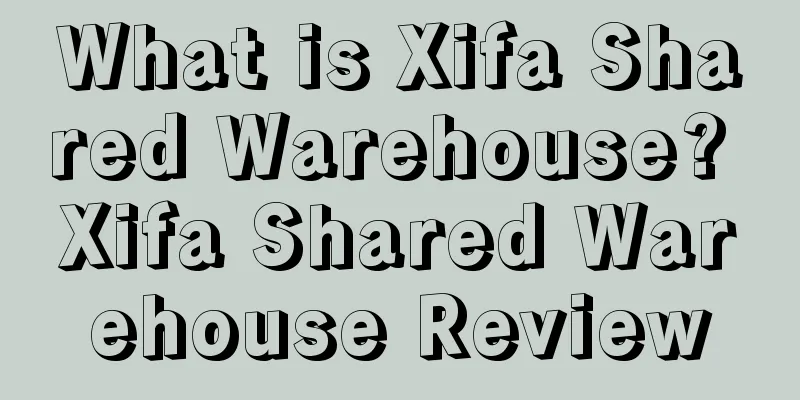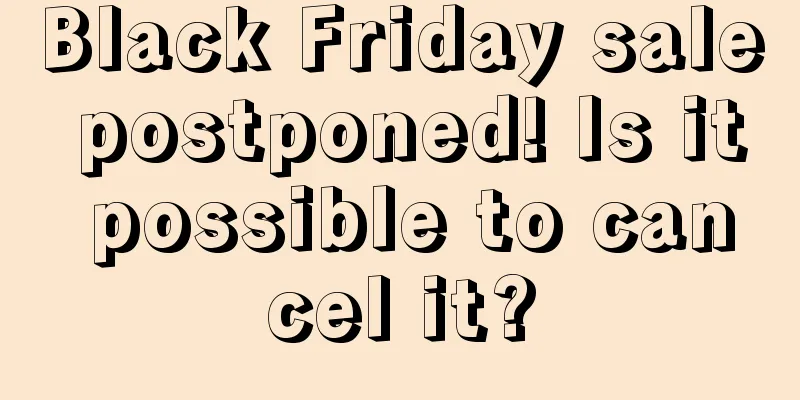Amazon buyers can check the lowest prices in history!

|
Recently, Amazon announced that its Rufus AI shopping assistant has launched a price history query function, allowing some consumers to view the historical lowest prices of products. — 1 —Amazon's new product price history checkNow, when consumers search on Amazon, they can not only see the star ratings of buyers' reviews of products, but also directly see the seller's ratings. Moreover, by clicking Rufus on the Amazon app and then using "price history", a line graph can be shown to buyers, allowing them to intuitively see the price trend of the product over the past 30 days. In addition , buyers can also know whether the price of items in the shopping cart has dropped or increased . A large number of sellers are going crazy: “ Amazon is forcing us sellers to roll back our own rules .” “Amazon is even more ruthless than Taobao, which doesn’t even list historical prices online !” In this way, when buyers see that the price is not favorable or is too different from the historical price, they will generally buy from other stores or buy on another day. This new function will obviously make product prices more intuitive and transparent. — 2 —Introducing the “Not Competitively Priced” LabelIn addition, Amazon has also launched a new label "Not competively priced", which directly tells buyers that the price of this product is too high. If a product is labeled as "not priced competitively " , it is obvious that buyers will not continue to pay for this product. Isn't this label clearly forcing sellers to engage in price wars? — 3 —Launched a large-scale product price reduction columnThe "Shop deals on related items" section, which was previously tested , now seems to be launched on a larger scale . In the middle of the product details page, consumers can see various products in the same category that are on sale. Visually, consumers will feel that the entire screen is full of price cuts. If the product they are browsing does not have a price advantage, they may be attracted by this column and jump directly to the products on sale. If the "uncompetitive pricing" label encourages sellers to lower prices proactively, the "Shop deals on related items" column will encourage more sellers to pay for deals to achieve price reductions. Either method is better for consumers and for Amazon, but it’s really hard to describe for sellers! |
<<: Amazon Black Friday website announced at once, ready for explosive sales
>>: Use it right and it will take off! New rules for Amazon listings
Recommend
Amazon suddenly has a large number of store verifications! How should sellers deal with it?
Amazon sellers did not have a peaceful May Day ho...
Free no-split warehouse tips, say goodbye to warehouse closing fees
Source: Know Nothing Recently I found that the ru...
What is Minstar? Minstar Review
Shenzhen Minstar Information Technology Co., Ltd. ...
What is goPuff? goPuff Review
goPuff is a digital convenience store headquartere...
Amazon orders are required to upload invoices? What's going on?
In addition to bringing additional tax costs to s...
What is Shenzhen Haichen Network Co., Ltd.? Shenzhen Haichen Network Co., Ltd. Review
Shenzhen Haichen Network Co., Ltd. focuses on prov...
The sticky.io Subscription App is now live! Helping Shopify sellers launch and manage subscription offers!
<span data-shimo-docs="[[20,"获悉,订阅管理和定期计费的...
The new tariff policy has set off a chain reaction, and the cross-border industry has suffered a critical blow!
It is learned that at 00:01 on February 4, 2025, E...
Optimization strategies when Amazon ads are underperforming!
Amazon advertising is an effective tool to increas...
Huge loss of 460 million! The performance of the heavily indebted Youkeshu is declining again
It is learned that on April 26, Shenzhen's big...
Sellers must standardize implementation! Major changes to Amazon image requirements!
Last week, Amazon just announced new regulations o...
What is Jingtan (Jiaxing) Network Co., Ltd.? Jingtan (Jiaxing) Network Co., Ltd. Review
Jingtan (Jiaxing) Network Co., Ltd. was establishe...
What is Honeycomb Cross-border? Honeycomb Cross-border Review
Fcdsc is a one-stop cross-border e-commerce indust...
The only line of defense! Teach you how to make your Amazon store stand firm in the tide of infringement!
Recently, the words "suspected of intellectua...
All destroyed! Amazon will ban sales in this category!
“ Amazon bans the sale of these products Recently,...









